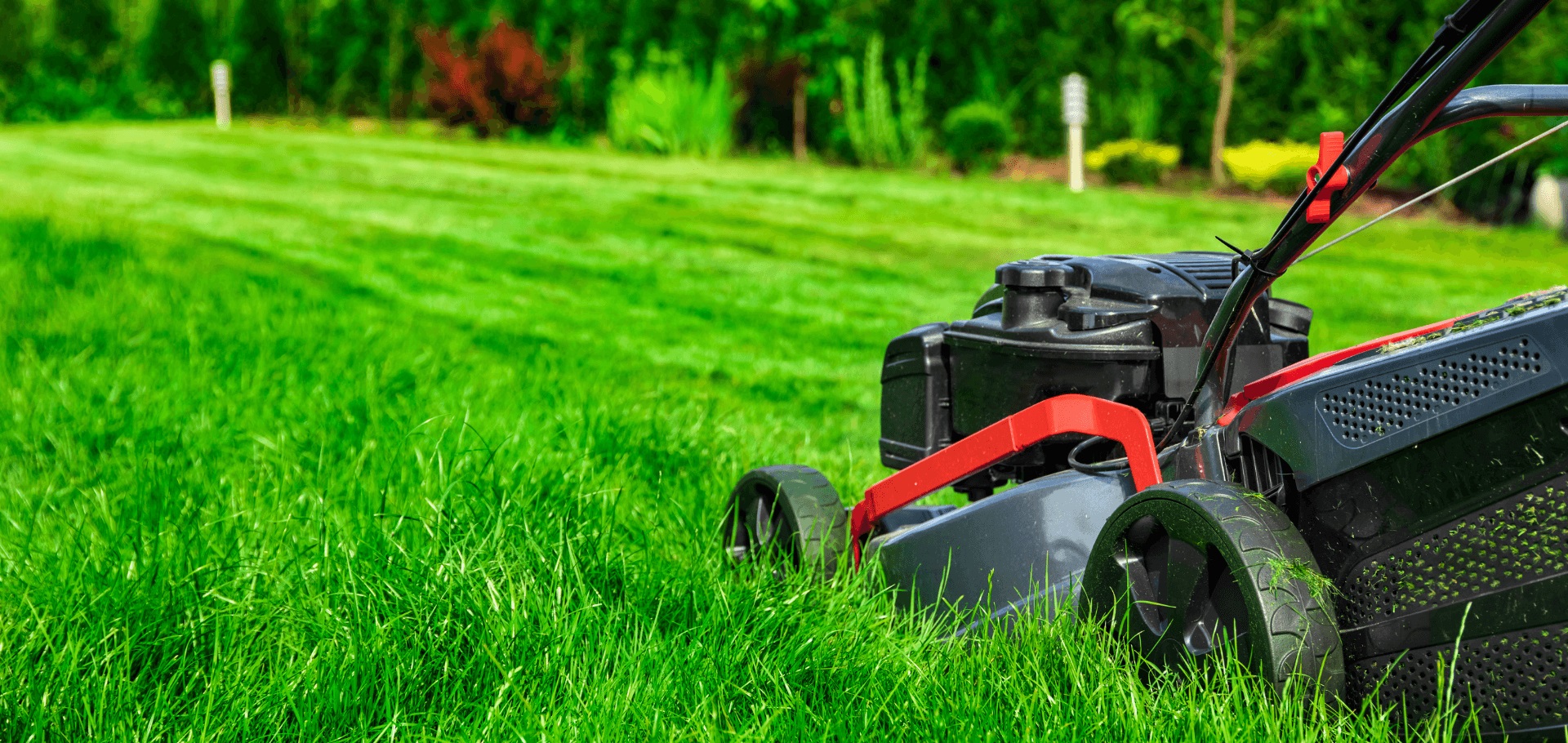

Articles
How Soon Can I Mow After Granular Fertilizer
Modified: October 19, 2024
Learn when you can safely mow your lawn after applying granular fertilizer. Read helpful articles to ensure a healthy and lush yard.
(Many of the links in this article redirect to a specific reviewed product. Your purchase of these products through affiliate links helps to generate commission for Storables.com, at no extra cost. Learn more)
Introduction
Proper lawn care is essential for maintaining a healthy and vibrant yard. One crucial aspect of lawn maintenance is the application of fertilizer, which provides essential nutrients to the soil and promotes plant growth. Granular fertilizer is a common choice among homeowners due to its convenience and effectiveness. However, many people wonder how soon they can mow their lawn after applying granular fertilizer.
In this article, we will explore the optimal waiting period and factors to consider before mowing your lawn after applying granular fertilizer. By understanding the importance of timing and following recommended practices, you can ensure that your lawn stays healthy and lush.
Key Takeaways:
- Patience is key when mowing after granular fertilizer application. Wait 24-48 hours for optimal absorption, and follow proper mowing techniques to maintain a healthy and vibrant lawn.
- Consider factors like fertilizer activation time, grass absorption, and growth rate when determining the ideal mowing time. Follow manufacturer’s instructions and consult professionals for specific guidance.
Understanding Granular Fertilizer
Granular fertilizer is a type of slow-release fertilizer that comes in small granules or pellets. It contains a balanced blend of essential nutrients, such as nitrogen, phosphorus, and potassium, that are necessary for healthy plant growth. These nutrients are gradually released into the soil over time, providing a steady supply of nourishment to your lawn.
The granules are typically coated with a protective layer that controls the release of nutrients, ensuring a consistent feeding schedule for your plants. This slow-release feature makes granular fertilizer an excellent choice for long-term lawn nutrition.
Granular fertilizer is easy to apply, and it can be distributed evenly across the lawn with a spreader. It is important to follow the instructions provided by the manufacturer regarding the application rate and technique to achieve optimal results. Applying too much fertilizer can lead to burning the grass, while applying too little may not provide sufficient nutrients.
Overall, granular fertilizer is a popular choice for homeowners due to its convenience, effectiveness, and long-lasting benefits for lawn health.
Factors Affecting Mowing Time
Several factors come into play when determining the ideal mowing time after applying granular fertilizer. These factors will help you understand why it is crucial to wait for the right moment before mowing your lawn:
- Fertilizer Activation Time: Granular fertilizers require time to break down and release nutrients into the soil. The activation time can vary depending on the specific fertilizer brand and formulation. Some fertilizers may take a few days to fully activate, while others may take a few weeks. It is important to read the instructions on the fertilizer package to determine the activation time.
- Grass Absorption Time: After the granular fertilizer is activated, the nutrients are absorbed by the grass roots. This absorption process also takes time and varies depending on the grass species and their growth rate. It is crucial to allow enough time for the grass to uptake the nutrients to benefit from the fertilizer application fully.
- Growth Rate: Different grass species have varying growth rates. Fast-growing grasses, such as Bermuda grass and ryegrass, may require more frequent mowing compared to slow-growing grasses like Zoysia grass or Buffalo grass. It is important to consider the growth rate of your specific grass type when determining the mowing time after applying granular fertilizer.
- Weather Conditions: Weather conditions, such as temperature and rainfall, can also impact the mowing time. Ideally, you should wait for a dry day to prevent the mower from clogging and ensure even grass cutting. Additionally, excessive rain or irrigation after fertilizer application can cause the granules to dissolve too quickly, resulting in nutrient runoff.
- Lawn Health: The overall health of your lawn is an important factor to consider as well. If your lawn is in poor condition or experiencing stress, it may be beneficial to wait longer before mowing. This allows the grass to recover and fully absorb the nutrients provided by the granular fertilizer.
Considering these factors will help you determine the optimal timing for mowing your lawn after applying granular fertilizer and ensure the best results for your lawn’s health and appearance.
Wait at least 24 hours before mowing after applying granular fertilizer to allow it to settle and be absorbed by the soil. Mowing too soon can reduce the effectiveness of the fertilizer.
Recommended Waiting Period
The waiting period before mowing your lawn after applying granular fertilizer is crucial to allow the nutrients to be fully absorbed by the grass. While the exact waiting time may vary, depending on the factors mentioned earlier, a general guideline is to wait about 24 to 48 hours before mowing.
This waiting period allows the granular fertilizer to break down and release nutrients into the soil, providing ample time for the grass roots to absorb those nutrients. By waiting for this duration, you can ensure the maximum benefit from the fertilizer application.
It is important to note that if the grass is excessively long before applying the fertilizer, you may need to mow it before applying the granules. In such cases, it is recommended to mow the lawn a few days before applying the fertilizer. This allows the grass to recover from the mowing stress and ensures a more effective absorption of the nutrients.
Keep in mind that specific fertilizer products may have their own recommended waiting periods, which should be followed for optimal results. Always read the instructions provided by the manufacturer to ensure you are waiting the appropriate amount of time before mowing.
If you are uncertain about the waiting period or have any specific concerns regarding your lawn’s condition, it is advisable to consult a local lawn care professional or contact the fertilizer manufacturer for guidance. They can provide specific recommendations based on your region, climate, and the type of fertilizer you have applied.
Remember, patience is key when it comes to mowing after granular fertilizer application. Allowing sufficient time for the fertilizer to work its magic will result in a healthier and more beautiful lawn.
Tips for Mowing After Fertilization
Mowing your lawn correctly after applying granular fertilizer is essential to maintain its health and appearance. Here are some tips to keep in mind when mowing your lawn after fertilization:
- Wait for the recommended waiting period: As mentioned earlier, it is crucial to wait for the recommended waiting period before mowing your lawn after applying granular fertilizer. This allows the nutrients to be fully absorbed by the grass, maximizing the fertilizer’s benefits.
- Set the mower to the correct height: Adjust your mower’s cutting height appropriately for the specific grass species you have. Different grasses have different optimal cutting heights, and mowing at the correct height promotes healthy growth and prevents stress on the grass.
- Sharpen your mower blade: Before mowing, ensure that your mower blade is sharp. A dull blade can tear and damage the grass, leading to an uneven and unhealthy appearance. A sharp blade will provide a clean and precise cut, minimizing stress on the grass.
- Mow when the grass is dry: It is best to mow your lawn when the grass is dry. Wet grass can clump together and clog the mower, resulting in an uneven cut. Additionally, wet grass can be more prone to disease and damage.
- Mow in different directions: To avoid creating ruts and ensure a more even cut, mow your lawn in different directions each time you mow. This helps to prevent the grass from leaning in one direction and promotes upright growth.
- Leave grass clippings on the lawn: Grass clippings can act as a natural mulch, returning valuable nutrients to the soil. Unless the clippings are excessive and clumping, leave them on the lawn rather than bagging them. This practice helps to recycle nutrients and promotes a healthier lawn.
- Ensure proper irrigation: Proper irrigation is crucial after mowing to prevent stress on the grass. Water your lawn deeply but infrequently to encourage deep root growth. Avoid over-watering, as it can lead to shallow root growth and promote diseases.
- Maintain a regular mowing schedule: To keep your lawn healthy and well-maintained, establish a regular mowing schedule. Regular mowing helps to prevent the grass from becoming too long and contributes to a neat and manicured appearance.
By following these tips, you can achieve a well-groomed lawn that thrives after applying granular fertilizer. Remember to take your time, mow with care, and prioritize the health of your lawn for long-lasting results.
Read more: How Long After Grass Seed Can I Fertilize
Conclusion
Mowing your lawn after applying granular fertilizer requires careful consideration and timing to ensure optimal results. By understanding the factors that affect the mowing time, following the recommended waiting period, and implementing proper mowing techniques, you can maintain a healthy and vibrant lawn.
Granular fertilizer provides essential nutrients to the soil, promoting healthy plant growth and improving the overall appearance of your lawn. Understanding how granular fertilizer works and the time it takes for the nutrients to be absorbed by the grass is crucial in determining the waiting period before mowing.
Factors such as fertilizer activation time, grass absorption time, growth rate, weather conditions, and lawn health all play a role in deciding the ideal mowing time. By considering these factors and waiting for about 24 to 48 hours after applying granular fertilizer, you allow the nutrients to be fully utilized by the grass.
When mowing your lawn after fertilization, it is important to set the mower to the correct height, sharpen the blade, and mow when the grass is dry. Mowing in different directions, leaving grass clippings on the lawn, and maintaining proper irrigation practices also contribute to a healthy lawn post-fertilization.
Remember to follow the specific instructions provided by the granular fertilizer manufacturer, as they may have their own recommended waiting periods and application techniques. If you are unsure about any aspect of fertilizing or mowing your lawn, it is always advisable to consult a professional for guidance.
By following these guidelines and remaining patient, you can achieve a lush, healthy, and beautiful lawn that is the envy of the neighborhood. With proper care and maintenance, your lawn will thrive and provide you with a delightful outdoor space for years to come.
Eager to give your lawn the best care possible? After you've mastered the waiting game for mowing post-fertilization, why not ensure that your soil gets top-tier treatment with some of the best options available? Dive into our detailed guide on "granular fertilizer" options that promise to invigorate your garden in 2024. You'll find practical advice on selecting the right product for your green space, ensuring lush, healthy growth all season long.
Frequently Asked Questions about How Soon Can I Mow After Granular Fertilizer
Was this page helpful?
At Storables.com, we guarantee accurate and reliable information. Our content, validated by Expert Board Contributors, is crafted following stringent Editorial Policies. We're committed to providing you with well-researched, expert-backed insights for all your informational needs.
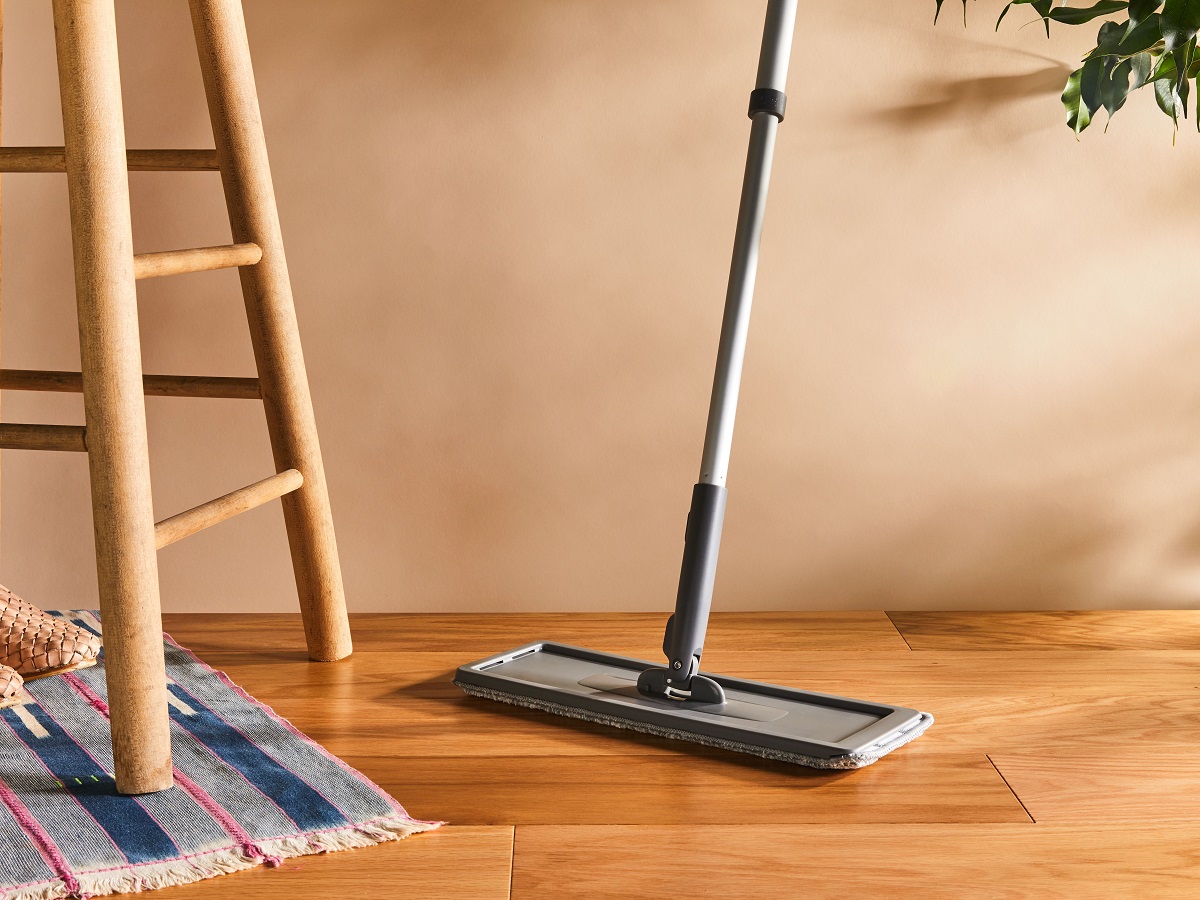
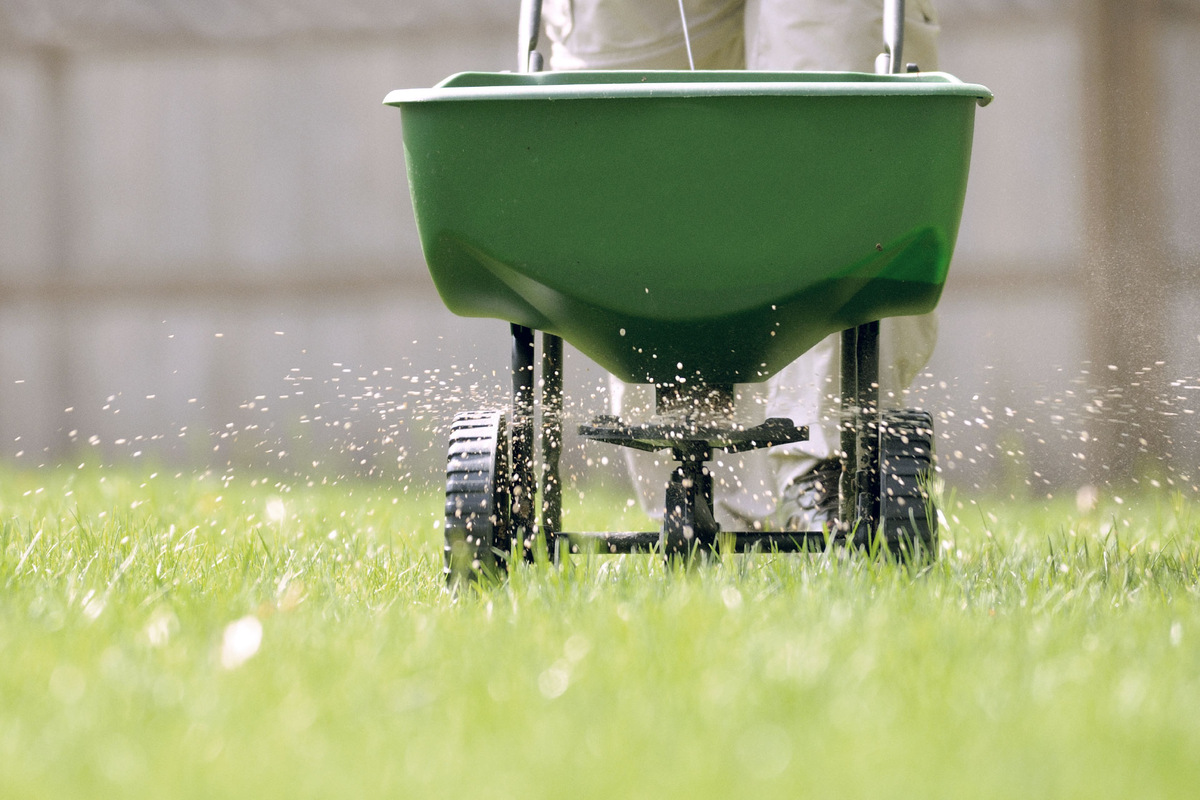

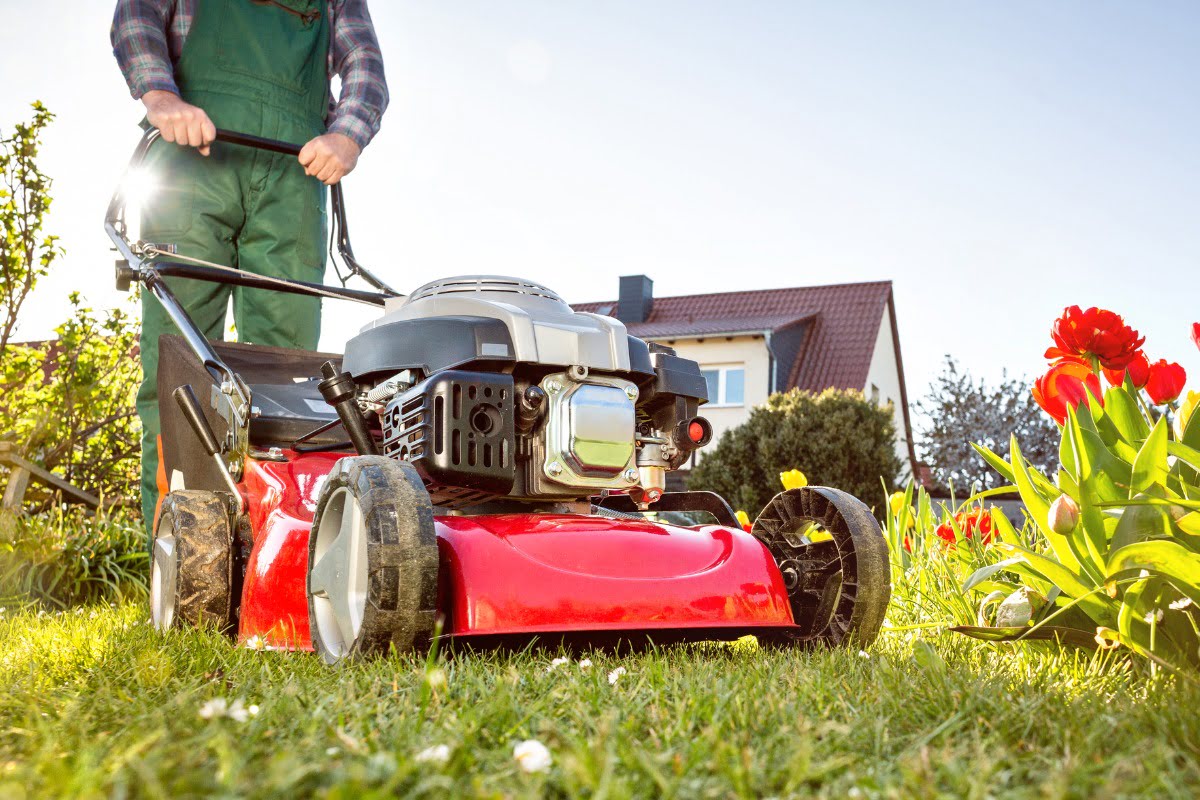
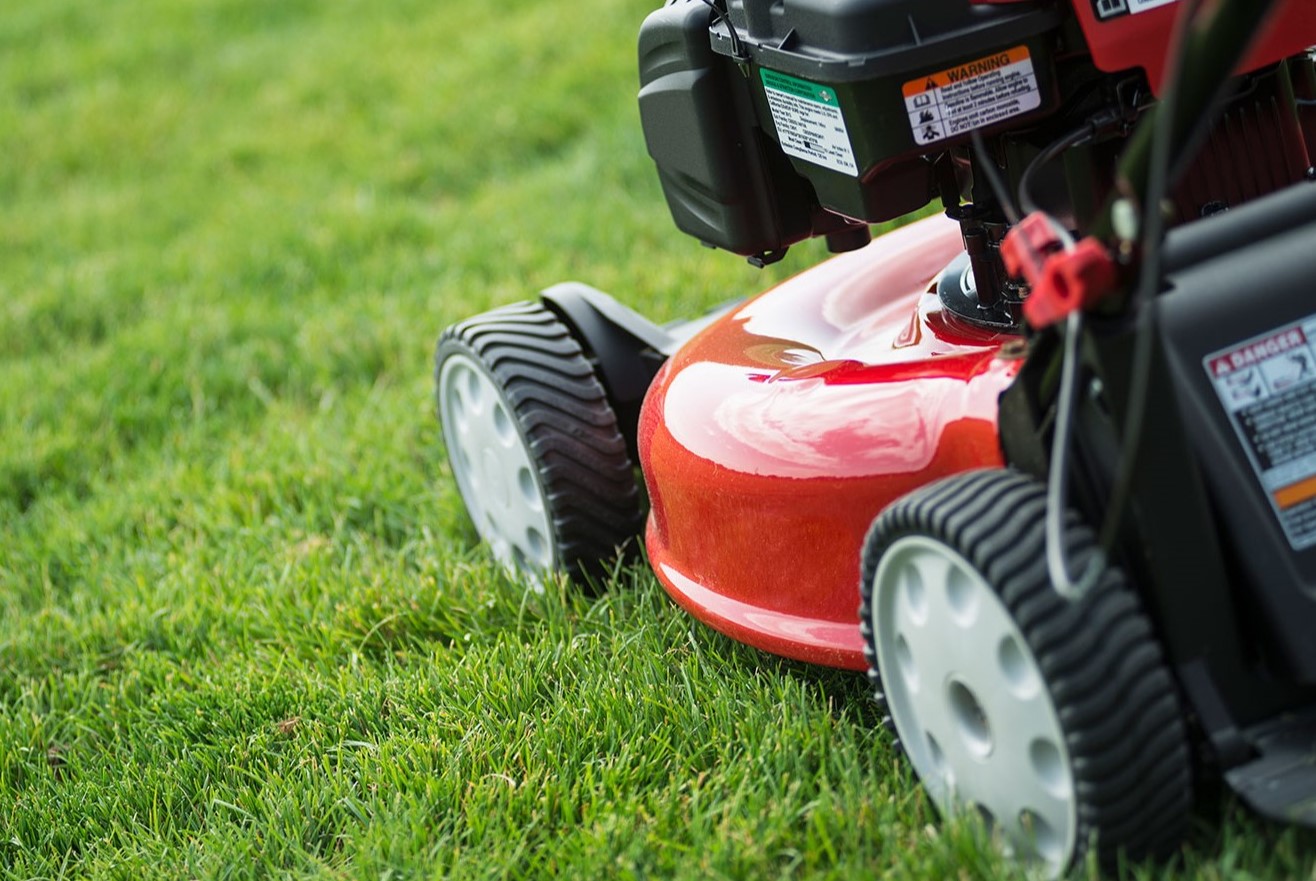
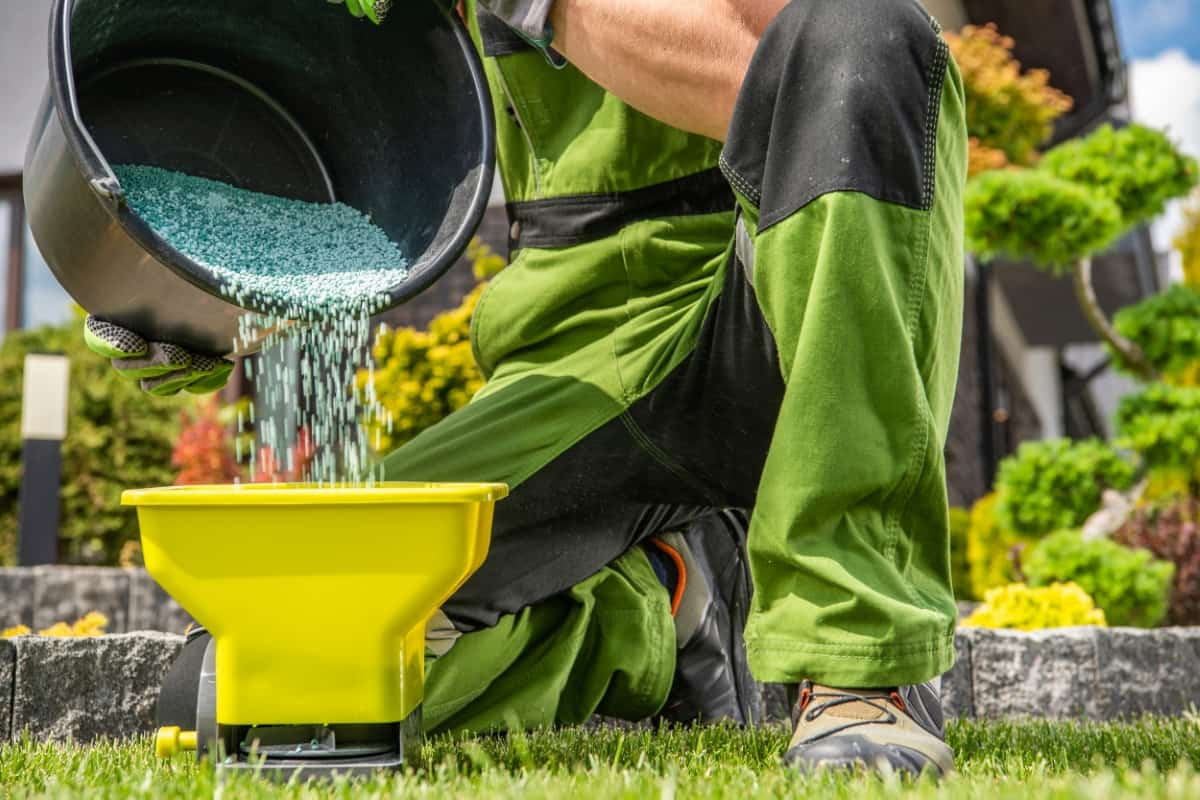

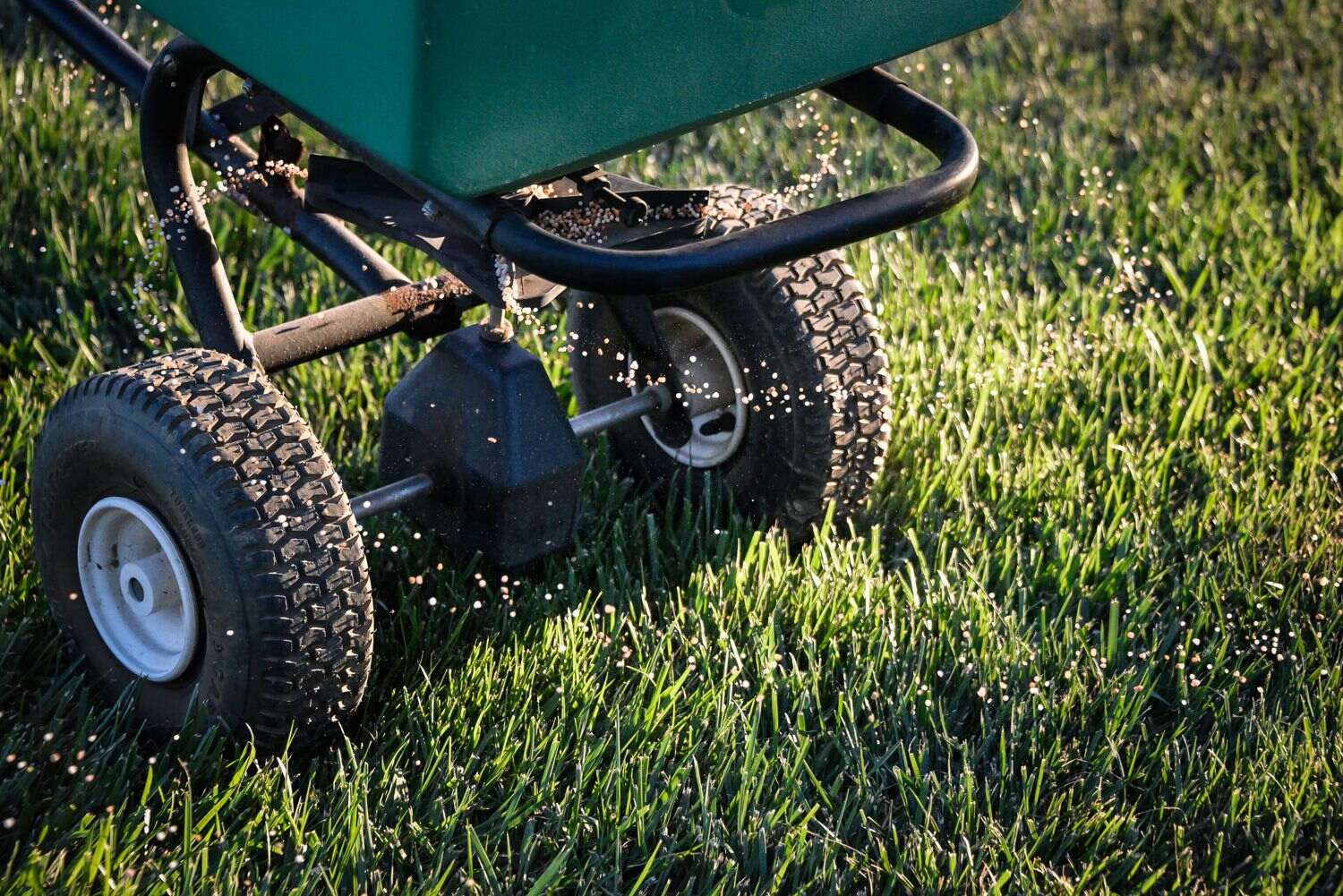
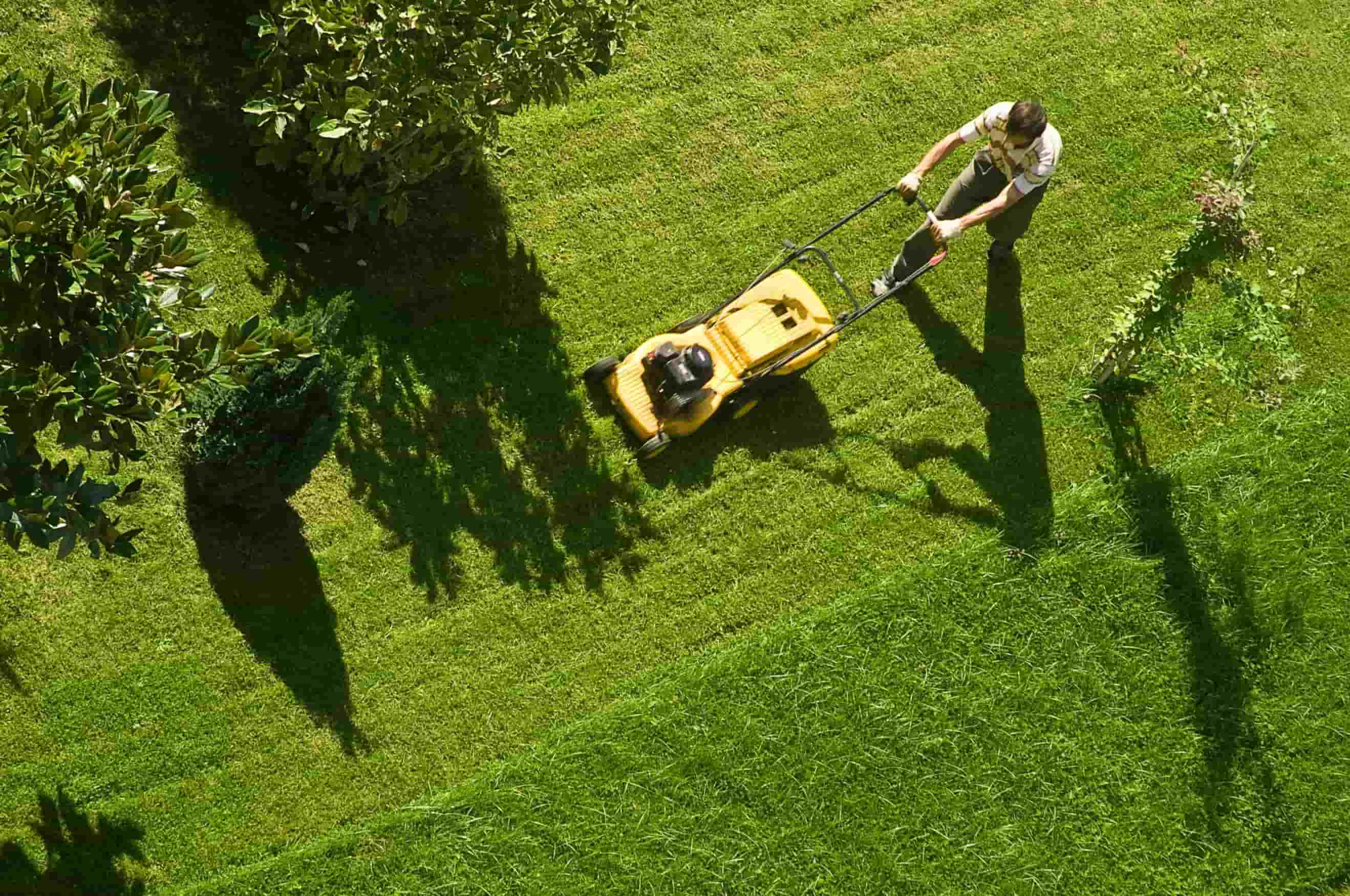
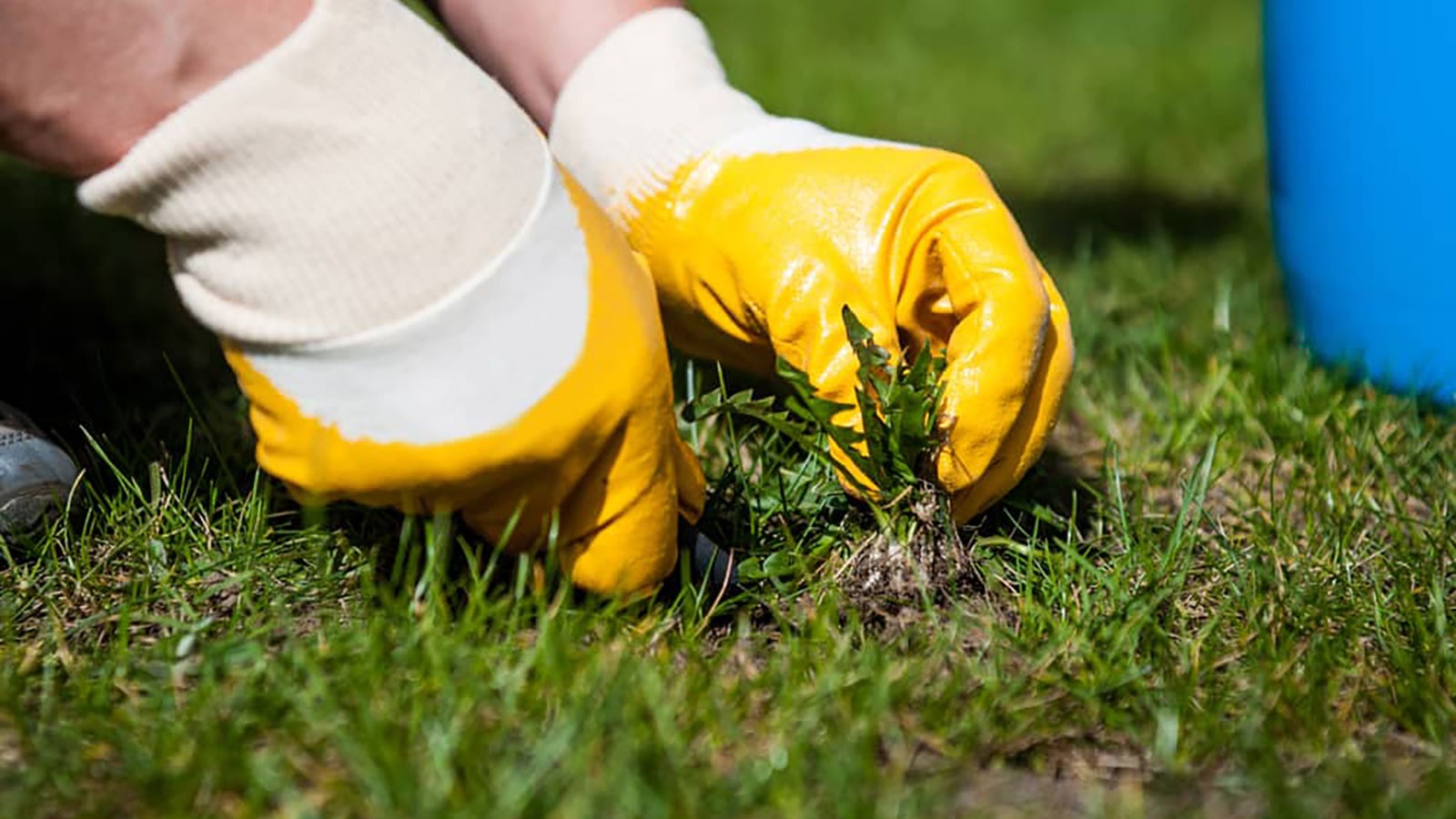

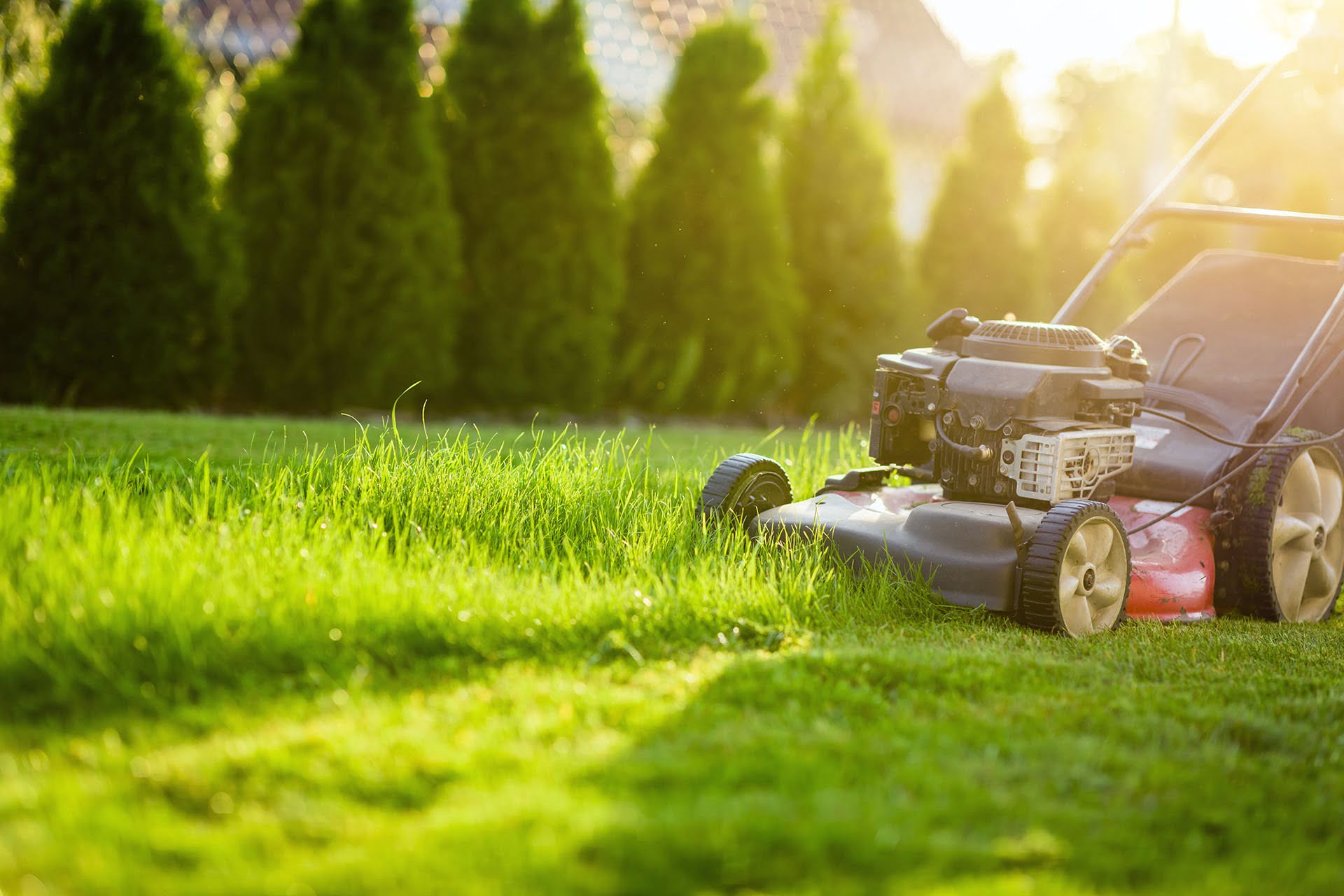



0 thoughts on “How Soon Can I Mow After Granular Fertilizer”